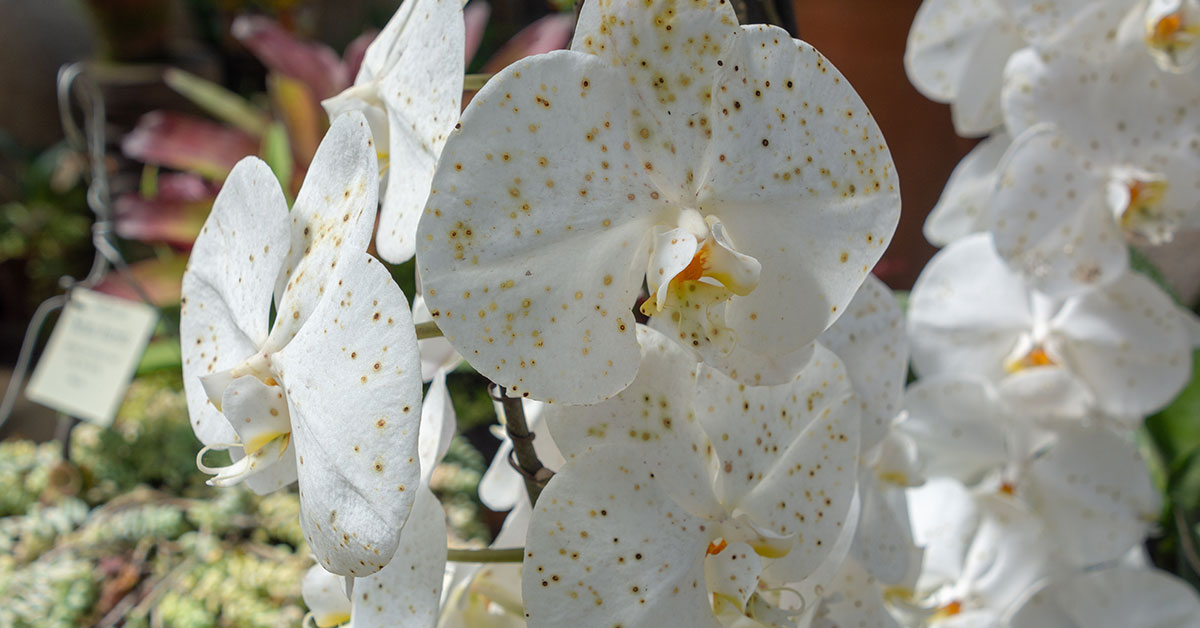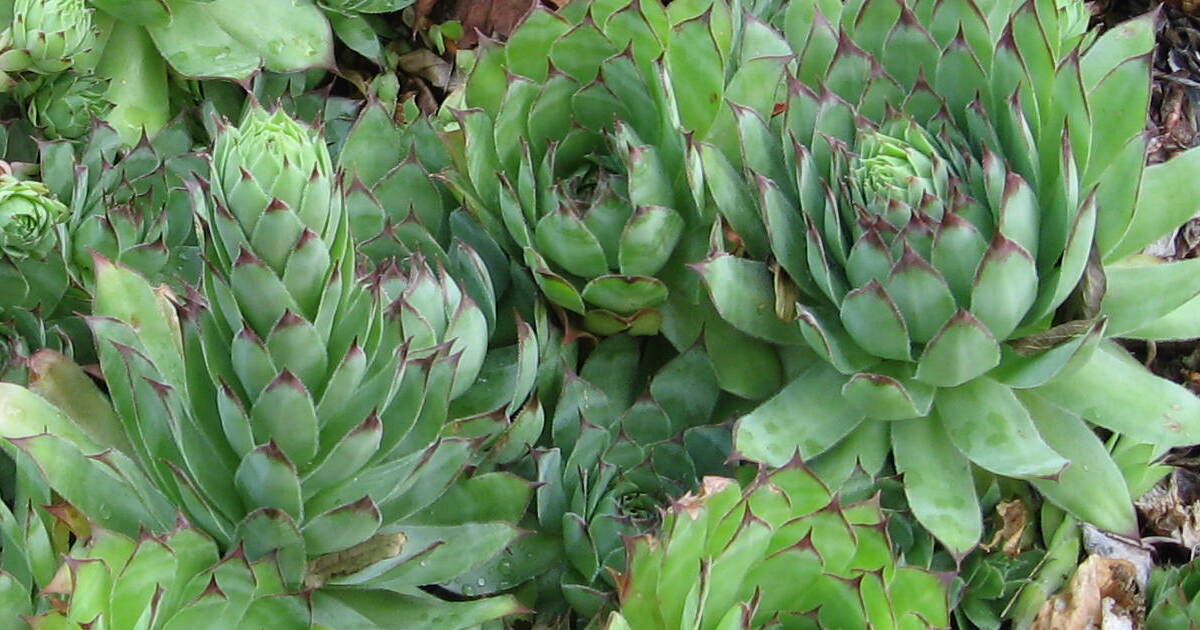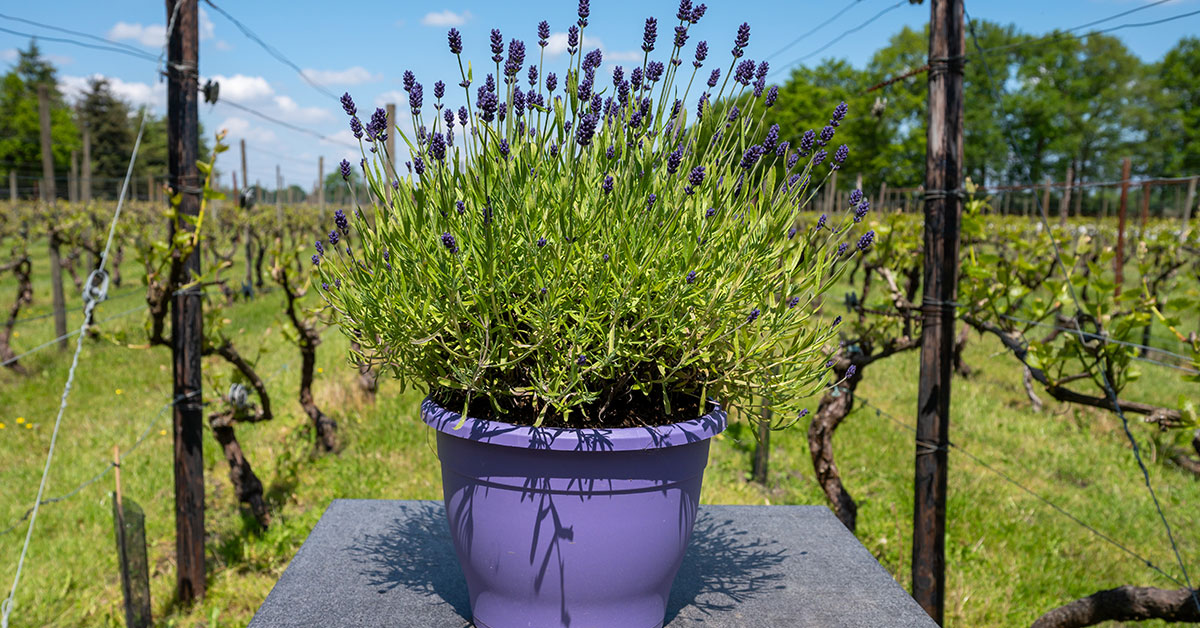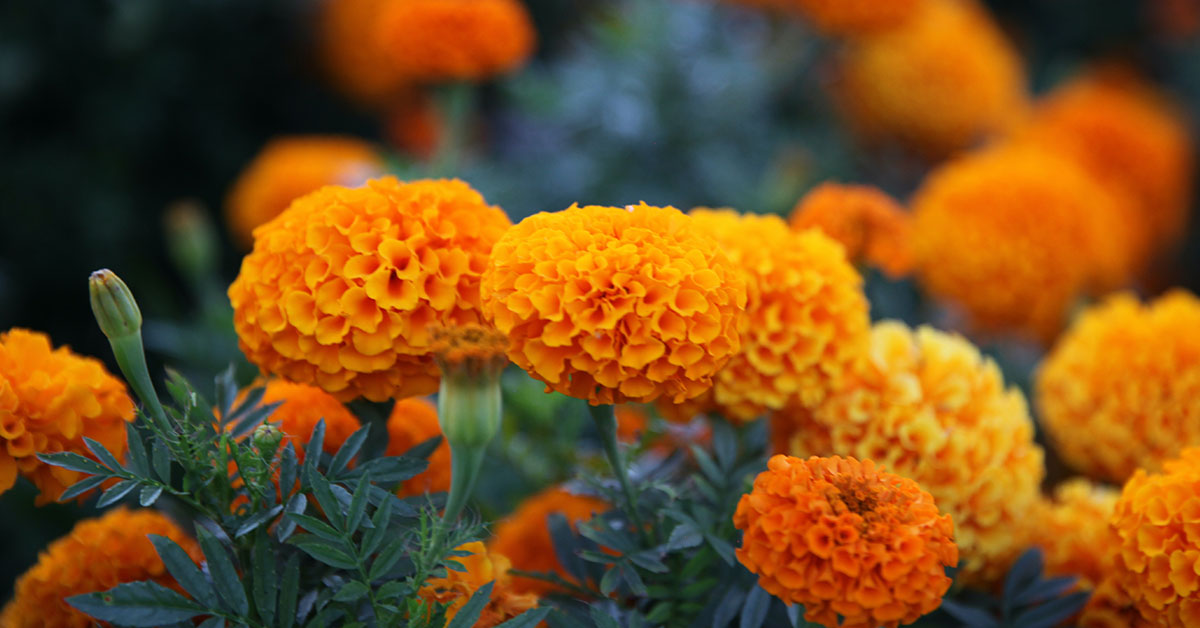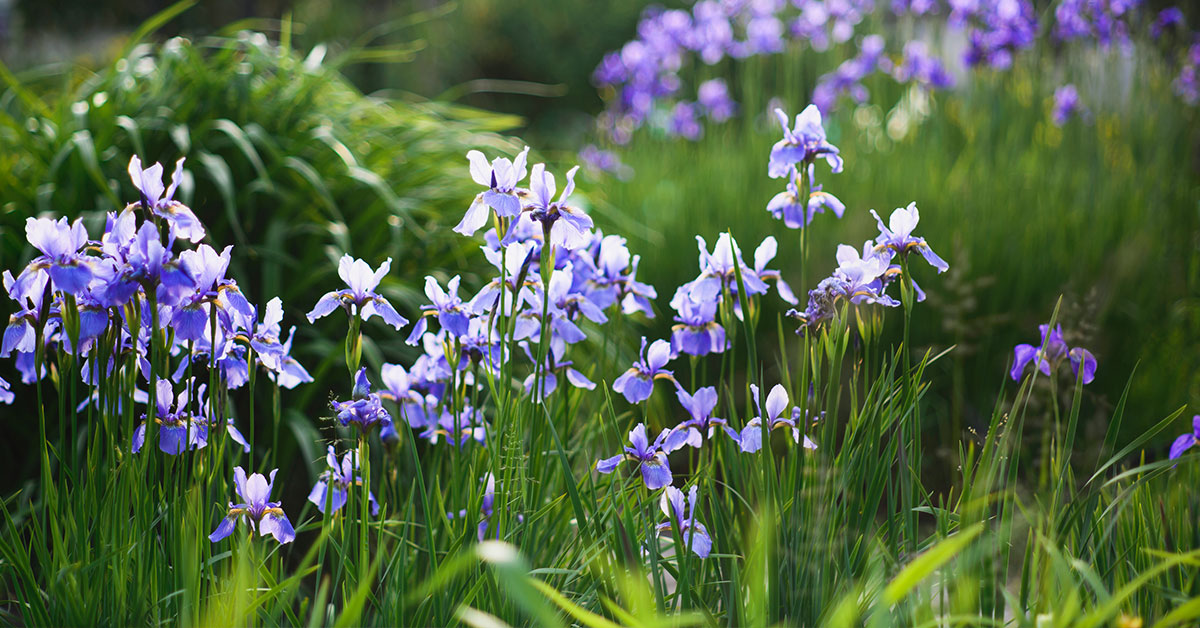I love growing Phalaenopsis Aphrodite orchids because they are beautiful, easy to care for, and produce stunning blooms for months at a time. The glossy, deep green leaves and long, arching stems make these orchids an attractive addition to any indoor space.
The white or cream-colored flowers with a yellow center, which grow in clusters on tall, slender spikes, are breathtakingly beautiful and have a lovely fragrance. Phalaenopsis Aphrodite orchids are also relatively easy to care for, making them a popular choice for both beginner and experienced gardeners.
With the right conditions, these orchids can bloom several times a year, adding a touch of natural beauty and elegance to any home or office.
About Phalaenopsis Aphrodite Orchids
Phalaenopsis aphrodite is a species of orchid native to Taiwan and the Philippines. It is also known as the “Moth Orchid” due to the shape of its flowers, which resemble the wings of a moth. Phalaenopsis aphrodite orchids have a distinctive appearance, with long, arching stems and glossy, deep green leaves.
The flowers are usually white or cream-colored, with a yellow center, and they grow in clusters on tall, slender spikes. This species of orchid is highly prized for its beauty and fragrance, and it is a popular choice for indoor gardening and floral arrangements.
Like all Phalaenopsis orchids, Phalaenopsis aphrodite orchids require bright, indirect light, warm temperatures, and regular watering to thrive. With proper care, they can produce stunning blooms for months at a time.
Caring For Phalaenopsis Aphrodite Orchids
Caring for Phalaenopsis Aphrodite orchids is similar to caring for other Phalaenopsis orchids. Here are some general care tips:
- Light: Phalaenopsis Aphrodite orchids prefer bright, indirect light. Avoid exposing them to direct sunlight as it can scorch their leaves.
- Temperature: These orchids prefer warm temperatures between 65-80°F (18-27°C) during the day and around 60-65°F (15-18°C) at night.
- Watering: Phalaenopsis Aphrodite orchids require regular watering, but they do not like to be overwatered. Water them thoroughly and let the potting mix dry out slightly before watering again.
- Humidity: These orchids prefer high humidity levels, around 50-70%. To increase humidity, you can use a humidifier or place a tray of water near the plant.
- Potting mix: Phalaenopsis Aphrodite orchids require a well-draining potting mix, such as a mixture of orchid bark, sphagnum moss, and perlite.
- Fertilizing: These orchids benefit from regular fertilizing during the growing season, usually with a balanced orchid fertilizer.
- Pruning: To encourage new growth and blooming, you can prune the old flower spikes down to the base after the flowers have faded.
How To Propagate
Phalaenopsis Aphrodite orchids can be propagated through division or stem cuttings. Here are the steps for each method:
Division
Wait until the plant has finished blooming and is entering its growing season. Gently remove the plant from its pot and carefully separate the individual plants by cutting through the roots. Each new plant should have at least three leaves and a healthy root system. Plant each division in a new pot with fresh potting mix.
Stem cuttings
Choose a stem that has recently finished blooming and has at least two nodes. Cut the stem just below the lowest node with a sterile cutting tool. Dip the cut end in rooting hormone and plant it in a small pot with moist, well-draining potting mix. Cover the pot with a plastic bag or dome to maintain humidity, and place it in a warm, bright location with indirect sunlight. Water the cutting sparingly, and after a few weeks, check for new growth.
Propagation can be a fun and rewarding way to create new Phalaenopsis Aphrodite orchids and expand your collection. However, it can take several months for the new plant to establish and produce blooms.


